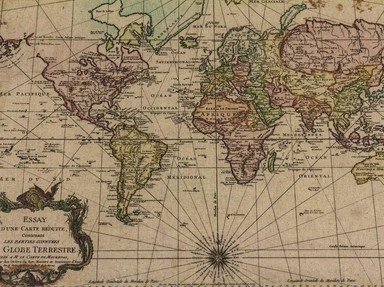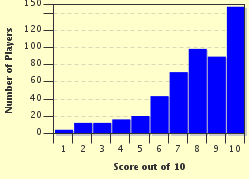Quiz Answer Key and Fun Facts
1. This nation was at its greatest when it stretched from the Baltic to the Black Sea during the 1500s. By 1795 this country had ceased to exist. It regained independence in 1918 following the collapse of Austria, Germany and Russia. Which country was this?
2. This South American nation gained independence in 1825. It lost its coastline (a narrow strip of land) to one country in the War of the Pacific 1879-1883. It ceded territory in 1903 to another country. In the Chaco War 1932-1935 it lost land to yet another country. Which incredible shrinking country was this?
3. Formerly the largest country in Africa, this nation shrunk by 644,329 square km (248,777 square mi) when in July 2011, its southern named counterpart gained full independence. Which country is this?
4. This nation once reached far north to the same latitude as southern Canada. Following the 1848 Treaty of Guadalupe Hidalgo its territory retreated to 'south of the border'. Which country was this?
5. This vast nation once stretched from the Baltic Sea to the Pacific Ocean. From its inception in 1922, it steadily grew in size to its height in 1989. This nation then began to shrink and officially ceased to exist from 25 December 1991. Which former nation was this?
6. This now diminutive nation was, in the 14th century, Europe's largest country. This nation once reached from the Baltic to the Black Sea. Though having greatly shrunk this country is still the largest of the Baltic States, which one?
7. This country has existed in one form or another since its saintly conception in 962AD. It became unified in 1871. Following two calamitous global events and loss of territory, this country was finally reunified in 1990 with about 43,000 sq mi less of the fatherland. Which country is this?
8. In the chilly north of Europe, formed in 1917 following the collapse of the Russian Empire, this nation once had direct access to the Arctic Ocean and Lake Ladoga. Following WWII this nation lost territory to the USSR. Which unlucky nation is this?
9. It's hard to believe that this nation once stretched from the Black Sea in Europe to the Sea of Japan on the Asian Pacific. They would have pushed further into Europe had it not been for a death in the family. Though now greatly reduced in size, this nation is still the second largest landlocked country in the world. Which one?
10. And finally to more shrinkage, but this time does not involve warfare or conquest. Pacific nations such as Kiribati, Tuvalu, Tonga, Vanuatu and the Solomon Islands may not get much longer to enjoy their relatively short independence if this possible threat does eventuate. What is possibly the most dangerous to these nations?
Source: Author
rustic_les
This quiz was reviewed by FunTrivia editor
Tizzabelle before going online.
Any errors found in FunTrivia content are routinely corrected through our feedback system.

